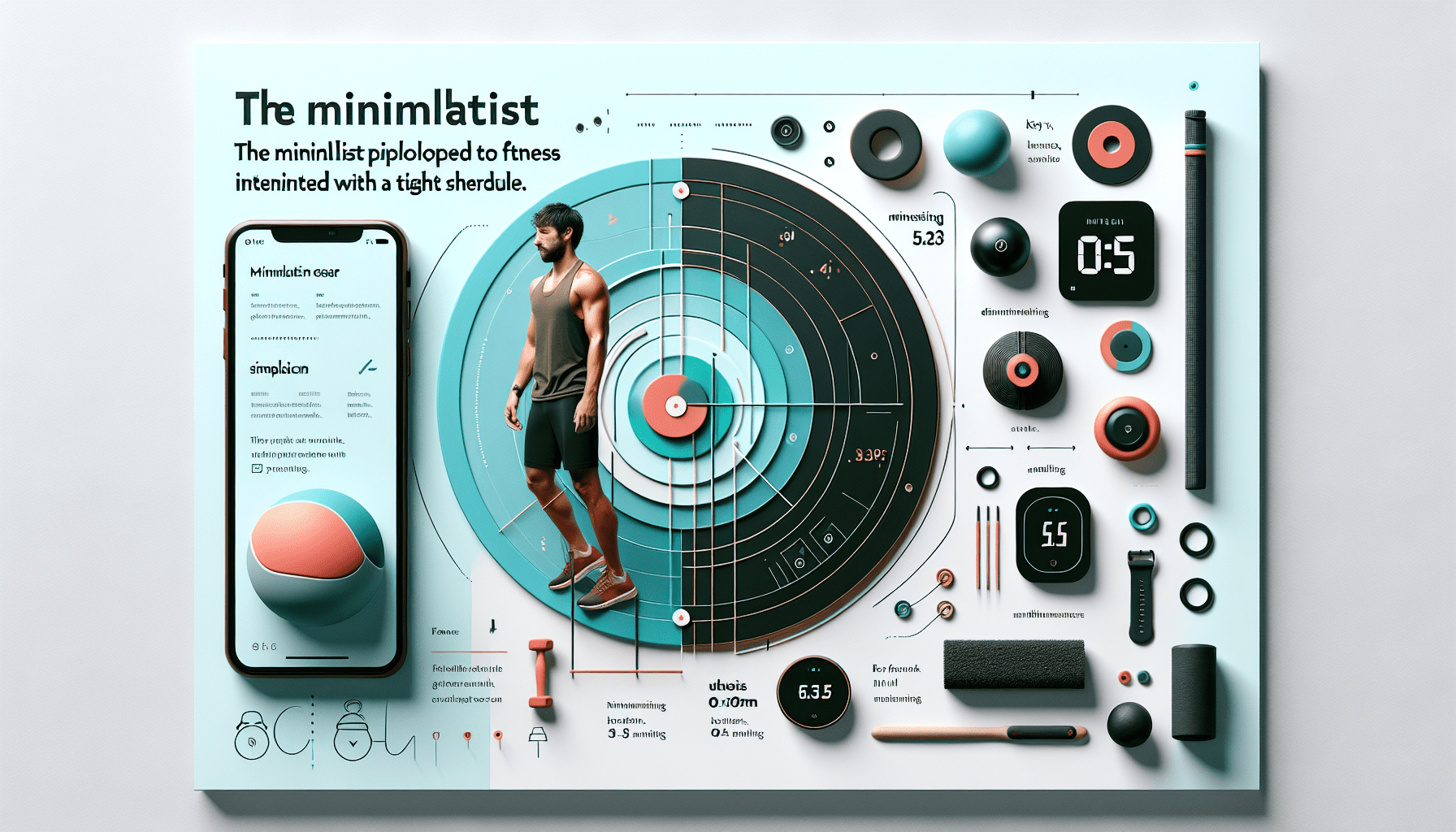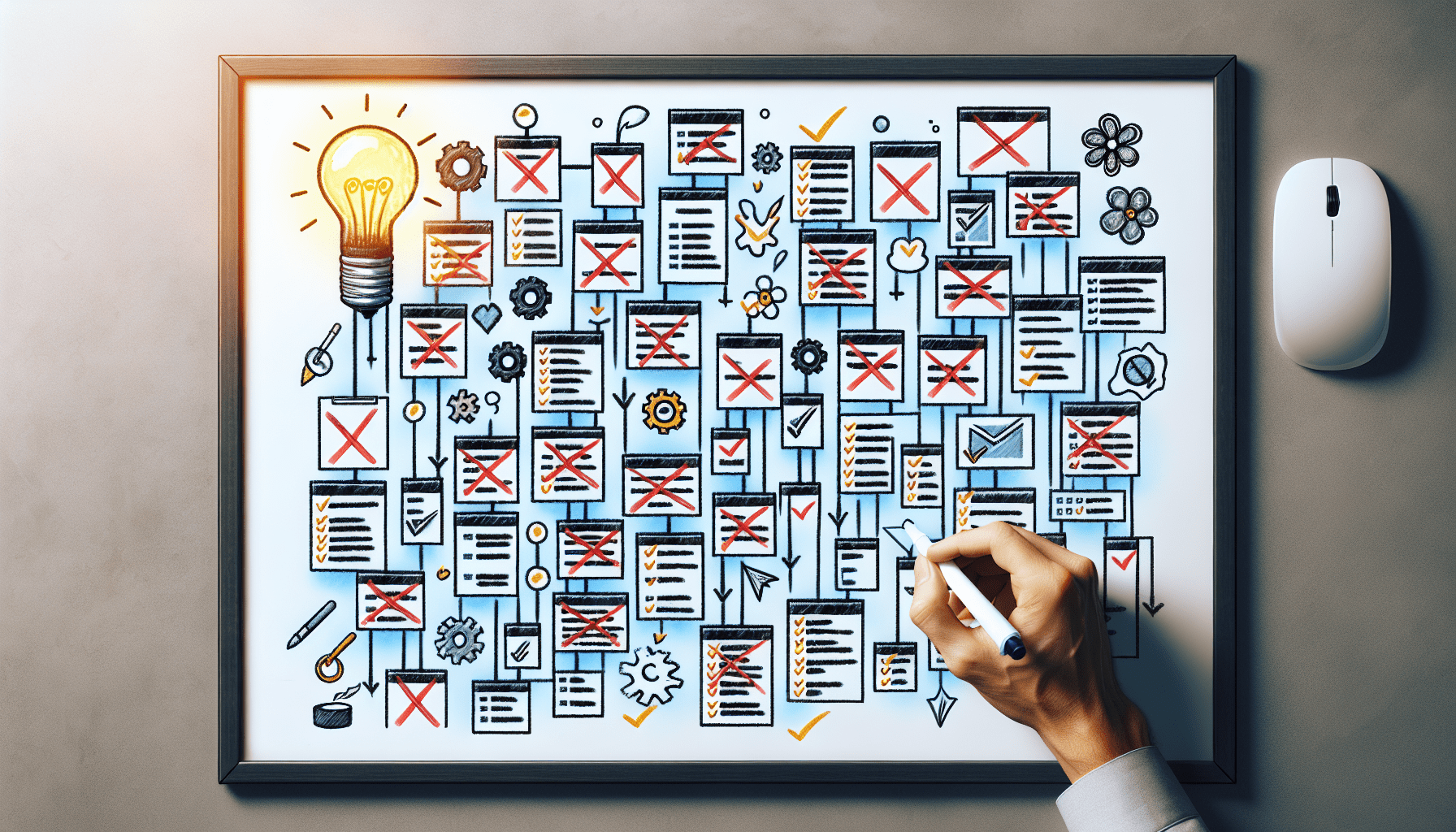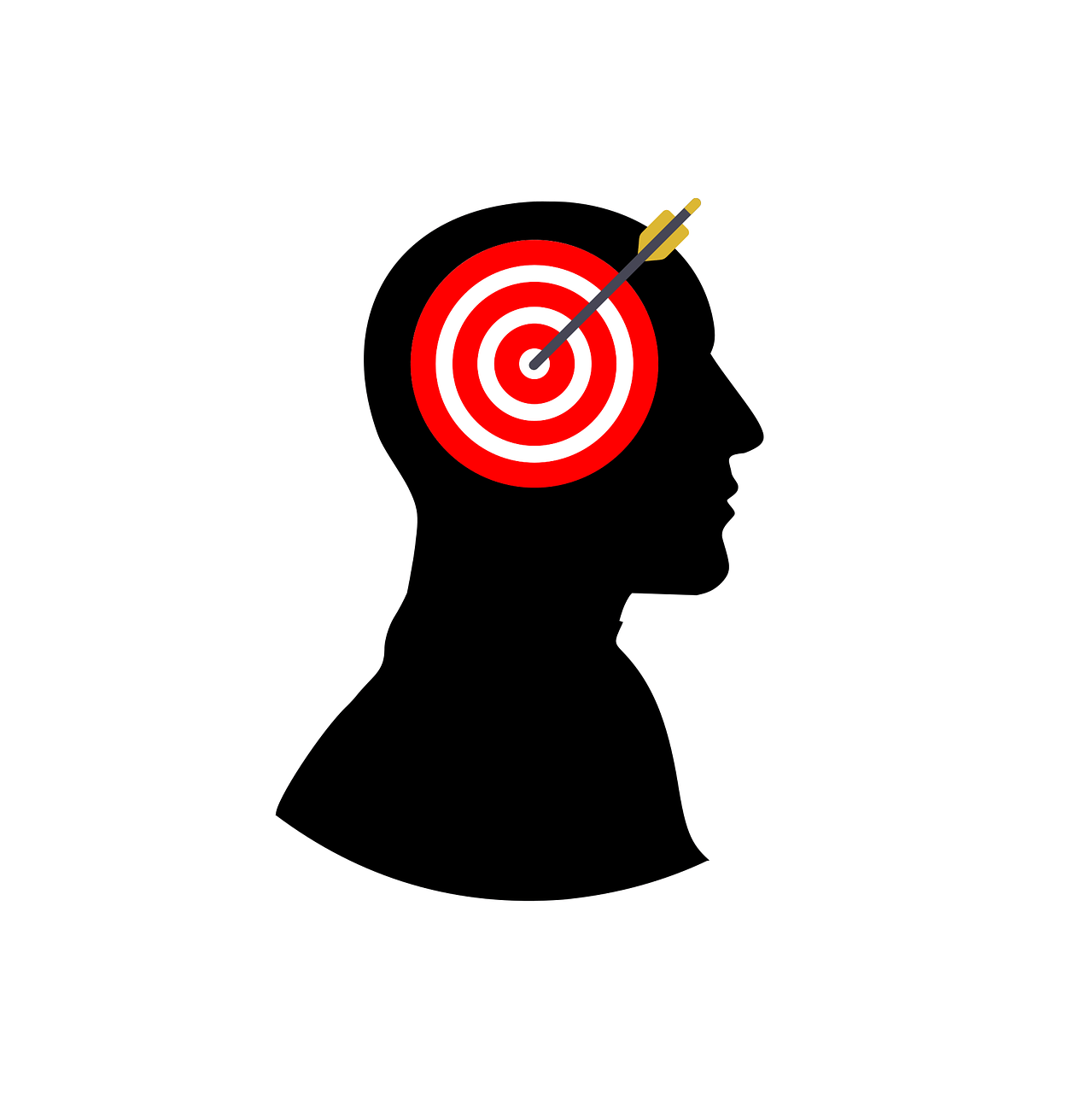
Creating A Personalized Productivity System That Works For You

Are you looking to increase your productivity and find a system that truly works for you? In today’s fast-paced world, there are countless tools, apps, and techniques available to help streamline your workflows and make tasks more manageable. From time management methods to prioritization techniques and even the famous Pareto Principle, there are endless possibilities when it comes to creating a personalized productivity system. By exploring different strategies and finding what resonates with you, you can unlock your full potential and achieve your goals more efficiently than ever before.

Understanding Your Personal Productivity Style
When it comes to personal productivity, one size does not fit all. Each of us has our own unique strengths and weaknesses that impact how effectively we manage our time and tasks. By understanding your personal productivity style, you can tailor your approach to work to maximize your efficiency and achieve better results.
Identifying your strengths and weaknesses
Start by taking a close look at your own strengths and weaknesses. What are you naturally good at when it comes to productivity? Do you excel at staying organized, prioritizing tasks, or managing time? On the other hand, what are your weaknesses? Do you struggle with procrastination, staying focused, or juggling multiple responsibilities? By honestly assessing your strengths and weaknesses, you can better understand where you may need to make improvements or capitalize on your existing talents.
Analyzing your personal preferences
Everyone has their own preferences when it comes to how they work. Some people thrive in a structured and organized environment, while others prefer a more flexible and spontaneous approach. Consider how you prefer to work and what conditions help you do your best. Do you work best in a quiet space, or do you prefer some background noise? Do you like to work in short bursts or longer stretches of time? Understanding your personal preferences can help you create an environment that supports your productivity.
Recognizing your most productive time of day
In addition to personal preferences, it’s important to recognize when you are most productive. We all have times of the day when our energy and focus are naturally higher. Pay attention to when you feel most alert and motivated, and try to schedule your most important and challenging tasks during these times. By aligning your work with your natural energy patterns, you can make the most of your productive hours and avoid wasting valuable time and effort.
Setting Clear Goals
Goal setting is a vital component of personal productivity. Without clear goals, it’s easy to feel overwhelmed and directionless. By defining both short-term and long-term objectives, you can give yourself a roadmap to follow and a sense of purpose in your work.
Defining short-term and long-term objectives
Start by thinking about what you want to achieve in the short-term and in the long-term. Short-term goals are often smaller, more specific objectives that can be accomplished within a few weeks or months. Long-term goals, on the other hand, are larger, broader objectives that may take several months or even years to achieve. By setting both types of goals, you can create a balance between immediate tasks and long-range plans.
Breaking down goals into smaller tasks
Once you have defined your goals, it’s important to break them down into smaller, more manageable tasks. This helps prevent overwhelm and gives you a clear plan of action. Take each goal and identify the specific steps or actions required to achieve it. By breaking larger goals into smaller tasks, you can make progress every day and build momentum towards your ultimate objectives.
Setting achievable and measurable targets
When setting goals and tasks, it’s crucial to ensure they are both achievable and measurable. An achievable goal is one that is within your capabilities and resources. Setting unrealistic goals can lead to frustration and burnout. Additionally, measurable targets provide a way to track your progress and determine if you are on track. By establishing specific criteria for success, you can hold yourself accountable and stay motivated.

Choosing the Right Tools
To enhance your productivity, it’s important to find the right tools that align with your workflow and support your goals.
Exploring productivity apps and software
There are numerous productivity apps and software available that can help streamline your work and keep you organized. From project management tools to note-taking apps, there is a wide range of options to choose from. Take the time to explore different apps and software and see which ones resonate with you and your needs. Consider factors such as ease of use, compatibility with other devices or platforms, and the specific features that align with your workflow.
Finding tools that align with your workflow
When choosing productivity tools, it’s essential to find ones that align with your workflow. Consider how you typically work and the specific tasks or processes you need to manage. Are you someone who prefers a visual project management tool with kanban boards? Or do you prefer a simple to-do list app with reminders? By finding tools that align with your workflow, you can seamlessly incorporate them into your existing habits and routines.
Testing different tools to determine effectiveness
Once you have identified a few potential tools, don’t be afraid to test them out before committing. Many productivity tools offer free trials or limited versions that allow you to explore their functionality. Take advantage of these opportunities to try out different tools and see how they work for you. Pay attention to how intuitive the interface is, how well you can customize it to fit your needs, and how it integrates with other tools you already use. By testing different tools, you can make an informed decision and choose the ones that truly enhance your productivity.
Implementing Effective Time Management Strategies
Effective time management is a key aspect of personal productivity. By utilizing proven techniques and strategies, you can make the most of your time and accomplish more in less time.
Using the Pomodoro Technique
The Pomodoro Technique is a popular time management method that involves working in focused intervals followed by short breaks. The technique is based on the idea that productivity is maximized when you work in shorter, concentrated bursts and give yourself regular breaks for rest and rejuvenation. To implement the Pomodoro Technique, set a timer for 25 minutes and work on a specific task without any distractions. Once the timer goes off, take a short break of around 5 minutes. After completing four Pomodoros, take a longer break of around 15-30 minutes. This technique can help improve focus and prevent burnout.
Prioritizing tasks with the Eisenhower Matrix
The Eisenhower Matrix, also known as the Urgent-Important Matrix, is a simple yet powerful tool for prioritizing tasks. The matrix categorizes tasks into four quadrants based on their urgency and importance. The four quadrants are:
- Important and Urgent – tasks that require immediate attention
- Important but Not Urgent – tasks that are important but don’t have a strict deadline
- Urgent but Not Important – tasks that are time-sensitive but don’t contribute to long-term goals
- Not Important and Not Urgent – tasks that are neither important nor urgent
By categorizing tasks into these quadrants, you can prioritize your work effectively and ensure that you are focusing on tasks that align with your goals and values.
Utilizing time-blocking methods
Time-blocking is a technique where you schedule specific blocks of time for different tasks or activities. This helps create structure and ensures that you allocate time for important tasks. To implement time-blocking, start by identifying your most important or high-priority tasks for the day or week. Then, assign specific time blocks to each task on your calendar. Be sure to account for breaks and any other commitments you have. By assigning specific time periods to tasks, you create a sense of urgency and minimize the chances of procrastination.

Streamlining Your Workflow
Streamlining your workflow is all about finding ways to eliminate unnecessary steps, reduce inefficiencies, and create a smoother, more productive process.
Identifying and eliminating time-wasting activities
Take a close look at your daily workflow and identify any activities or habits that are not contributing to your productivity. These could be time-wasting activities such as excessive social media usage, unnecessary meetings, or excessive multitasking. Once you have identified these time-wasters, take steps to eliminate or minimize them. This could involve setting boundaries around your time spent on social media, delegating tasks, or finding more efficient ways to communicate and collaborate with others.
Creating efficient systems for routine tasks
Routine tasks can often take up a significant amount of time and energy. Look for ways to streamline these tasks and create efficient systems. This could involve creating templates or checklists, automating certain steps, or finding tools or software that can simplify the process. By creating efficient systems, you can reduce the time and effort required for routine tasks, freeing up more time for higher-value activities.
Automating repetitive processes
In today’s digital age, automation can be a powerful tool for increasing productivity. Look for opportunities to automate repetitive processes or tasks. This could involve using email filters, setting up recurring reminders, or employing specialized software or tools. By automating repetitive processes, you can save valuable time and focus your energy on more meaningful and strategic work.
Embracing the Pareto Principle
The Pareto Principle, also known as the 80/20 rule, states that roughly 80% of the effects come from 20% of the causes. In the context of productivity, this means that a small portion of your tasks or efforts will yield the majority of the results.
Understanding the 80/20 rule
To embrace the Pareto Principle, it’s important to understand that not all tasks or activities are created equal. Some tasks will have a much bigger impact on your overall productivity and goals than others. By focusing on the tasks that fall within the 20% that yield 80% of the results, you can maximize your productivity and make the most of your time and effort.
Identifying the most important tasks
To identify the most important tasks, start by examining your goals and priorities. What tasks or activities directly contribute to achieving these goals? What are the key deliverables or outcomes that will have the most significant impact? By identifying the tasks that align with your goals and have the highest potential for impact, you can ensure that you are focusing your time and energy on high-value activities.
Focusing on high-value activities
Once you have identified the most important tasks, make it a priority to focus on these high-value activities. Dedicate your time and resources to these tasks and resist the temptation to get caught up in low-priority or non-essential activities. By consistently prioritizing high-value activities, you can make significant progress towards your goals and maximize your productivity.
Building a Personalized Productivity Routine
A personalized productivity routine is essential for maintaining consistency and achieving long-term success. By designing a routine that aligns with your unique needs and preferences, you can create a structure that supports your productivity and helps you maintain a healthy work-life balance.
Designing a daily, weekly, and monthly schedule
Start by designing a schedule that outlines your daily, weekly, and monthly tasks and commitments. Consider your most productive times of the day and allocate your high-priority tasks during those periods. Be sure to include breaks, time for self-care, and other personal activities in your schedule. This will help you create a balanced routine that supports both your work and personal life.
Allocating time for different types of tasks
When creating your productivity routine, be mindful of the different types of tasks you need to accomplish. Some tasks may require deep focus and concentration, while others may be more administrative or creative in nature. Allocate specific time blocks for each type of task to ensure that you are giving each one the attention it deserves.
Creating a balance between work and personal life
While productivity is important, it’s equally crucial to maintain a healthy work-life balance. Ensure that your productivity routine includes time for rest, relaxation, and spending quality time with loved ones. By striking a balance between work and personal life, you can avoid burnout and maintain your overall well-being.
Developing Effective Task Management Habits
Task management is a critical aspect of personal productivity. By implementing effective task management habits, you can stay organized, focused, and on track.
Capturing and organizing tasks
One of the first steps in effective task management is capturing and organizing tasks. When a new task or idea comes to mind, immediately capture it in a trusted system, such as a to-do list app or a physical notebook. This ensures that you don’t forget important tasks and helps prevent them from cluttering your mind. Once tasks are captured, organize them into relevant categories or projects to make them easier to handle.
Using task management apps or tools
Task management apps or tools can be a game-changer when it comes to staying organized and on top of your tasks. These tools often offer features such as due dates, reminders, priority levels, and collaboration options. Find a task management app or tool that suits your needs and preferences and use it consistently to track and manage your tasks.
Implementing regular review and reflection
Regularly reviewing and reflecting on your tasks and progress is essential for staying on track and making adjustments as needed. Set aside dedicated time each week or month to review your tasks and assess your productivity. Are there any tasks that can be delegated or eliminated? Are there any habits or processes that can be improved? By regularly reviewing your tasks, you can make informed decisions and continuously improve your productivity system.
Maintaining Motivation and Focus
Maintaining motivation and focus is crucial for consistent productivity. By implementing strategies to overcome distractions, setting rewards and incentives, and seeking support, you can stay motivated and achieve your goals.
Identifying and overcoming distractions
Distractions can derail your productivity and hinder your progress. Take the time to identify the main distractions in your work environment and develop strategies to overcome them. This could involve creating a dedicated workspace, using website blockers to limit access to distracting websites, or using noise-cancelling headphones to minimize noise distractions. By proactively managing distractions, you can create an environment that promotes focus and productivity.
Setting rewards and incentives
Rewards and incentives can be powerful motivators to stay on track and complete tasks. Determine what motivates you and set up a system of rewards for accomplishing your goals or completing specific tasks. These rewards can be as simple as taking a short break, treating yourself to a favorite snack, or engaging in a hobby or activity you enjoy. By providing yourself with incentives, you can maintain motivation and make your productivity journey more enjoyable.
Finding accountability partners or support
Accountability partners or support groups can provide the encouragement and motivation you need to stay focused and productive. Share your goals and progress with a trusted friend, colleague, or mentor who can hold you accountable and provide support. You can also join online communities or groups dedicated to productivity and connect with like-minded individuals. By surrounding yourself with a supportive network, you can stay motivated and inspired to achieve your goals.
Continuous Improvement and Adaptation
Productivity is not a one-time achievement but an ongoing journey of continuous improvement. By regularly assessing your productivity system, making adjustments based on feedback and results, and staying open to new techniques and strategies, you can adapt and evolve to become even more productive.
Regularly assessing your productivity system
Take the time to regularly assess your productivity system to determine its effectiveness. Reflect on what aspects are working well and what areas could be improved. Seek feedback from others, such as colleagues or supervisors, to gain different perspectives. By regularly evaluating your productivity system, you can identify areas for growth and make necessary adjustments.
Making adjustments based on feedback and results
Based on your assessments and feedback, make adjustments to your productivity system as needed. This could involve changing your task management tools, modifying your time management techniques, or refining your routines and habits. Be willing to experiment and try new approaches, and be open to refining your system over time. By making continuous adjustments, you can fine-tune your productivity and adapt to ever-changing circumstances.
Staying open to new techniques and strategies
The field of productivity is constantly evolving, with new techniques and strategies emerging all the time. Stay curious and open-minded, and be willing to explore new approaches to productivity. Attend workshops or webinars, read books or articles, and engage with others in the productivity community. By staying open to new techniques and strategies, you can continue to refine and enhance your productivity system.
In conclusion, understanding your personal productivity style is key to developing a personalized productivity system that works for you. By identifying your strengths and weaknesses, analyzing your preferences, and recognizing your most productive time of day, you can tailor your approach to work to maximize your efficiency.
Setting clear goals, choosing the right tools, implementing effective time management strategies, streamlining your workflow, embracing the Pareto Principle, building a personalized productivity routine, developing effective task management habits, maintaining motivation and focus, and continuously improving and adapting are all essential components of a successful productivity system.
By implementing these strategies and techniques, you can create a productive and fulfilling work and personal life that aligns with your unique needs and goals. So why wait? Start today and unlock your full productivity potential.






















